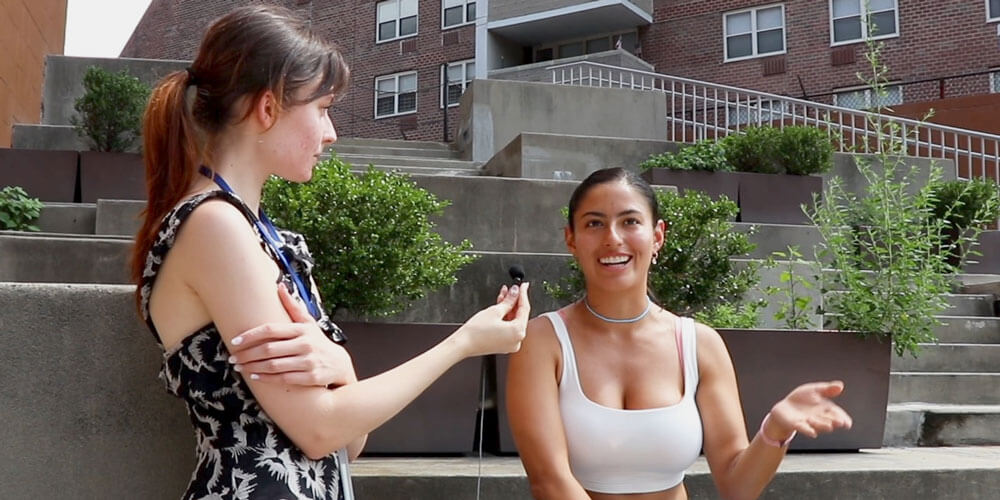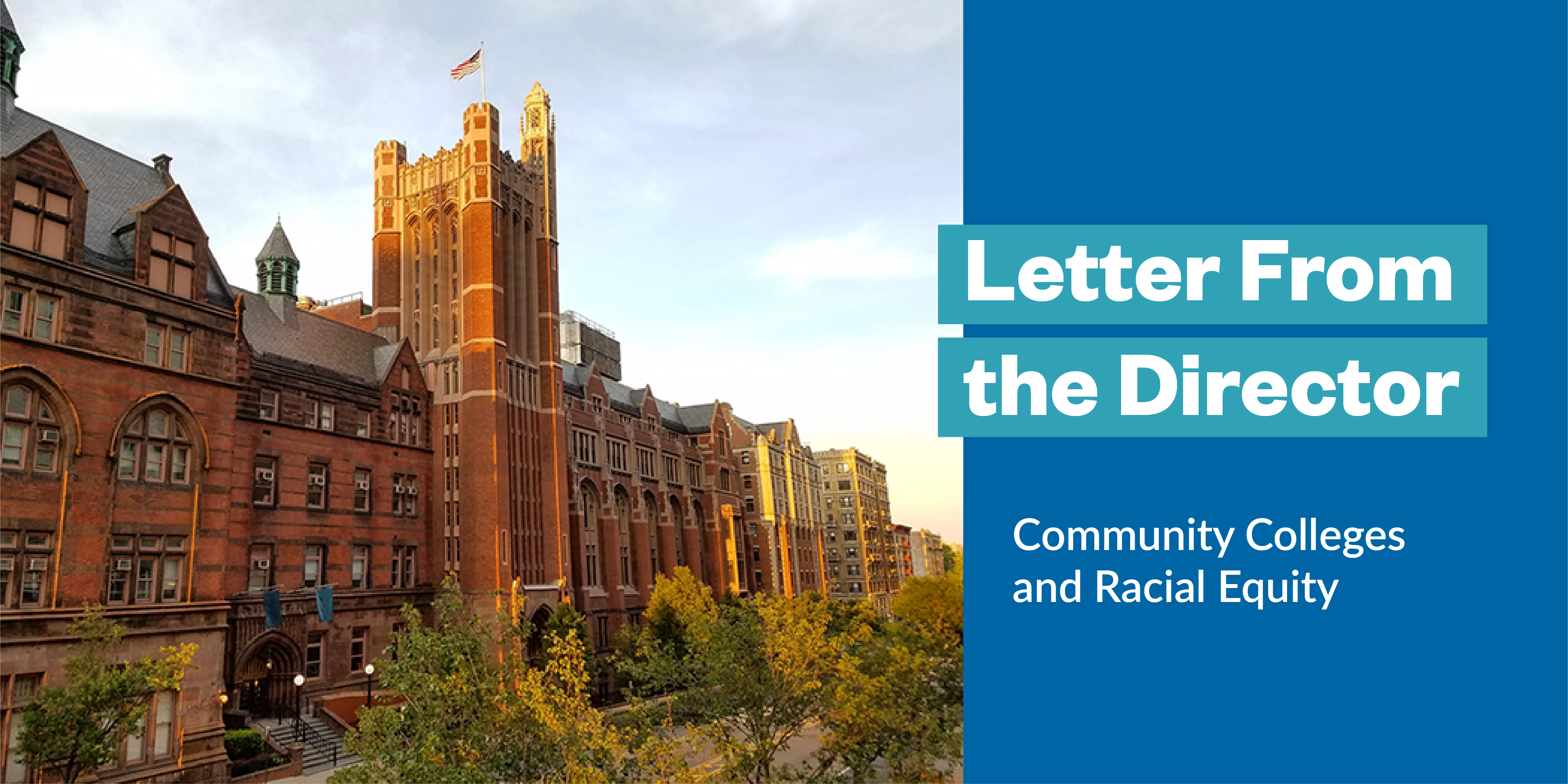The Mixed Methods Blog
As dual enrollment participation has expanded, so too have the types of programs and courses offered. Lauren Schudde and Wonsun Ryu discuss how differences in course set up have the potential to shape students’ dual enrollment experiences and overall course performance, as well as their subsequent college enrollment decisions.
In fall 2022, City University of New York (CUNY) moved away from a traditional remedial course model for math and English and instead embraced the corequisite approach, which allows students to enroll in college-level courses with built-in support for the students who need it. Klaudia Wiacek investigates how CUNY students and staff feel about the major reform nearly one year after its implementation.
Dual enrollment students, or "stealth transfer students," and their pathway are becoming increasingly hard to ignore. Aurely Garcia Tulloch explains the issues this raises for both two- and four-year institutions and how the transfer pathway could be better leveraged for increasing college access and equity in a new blog post originally published by Inside Higher Ed.









